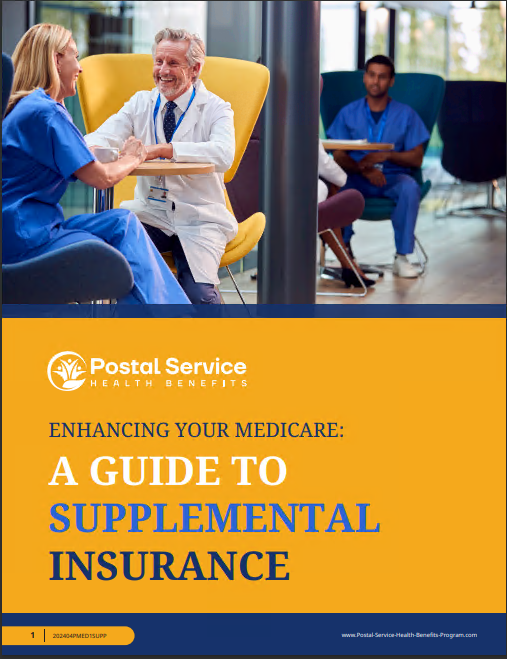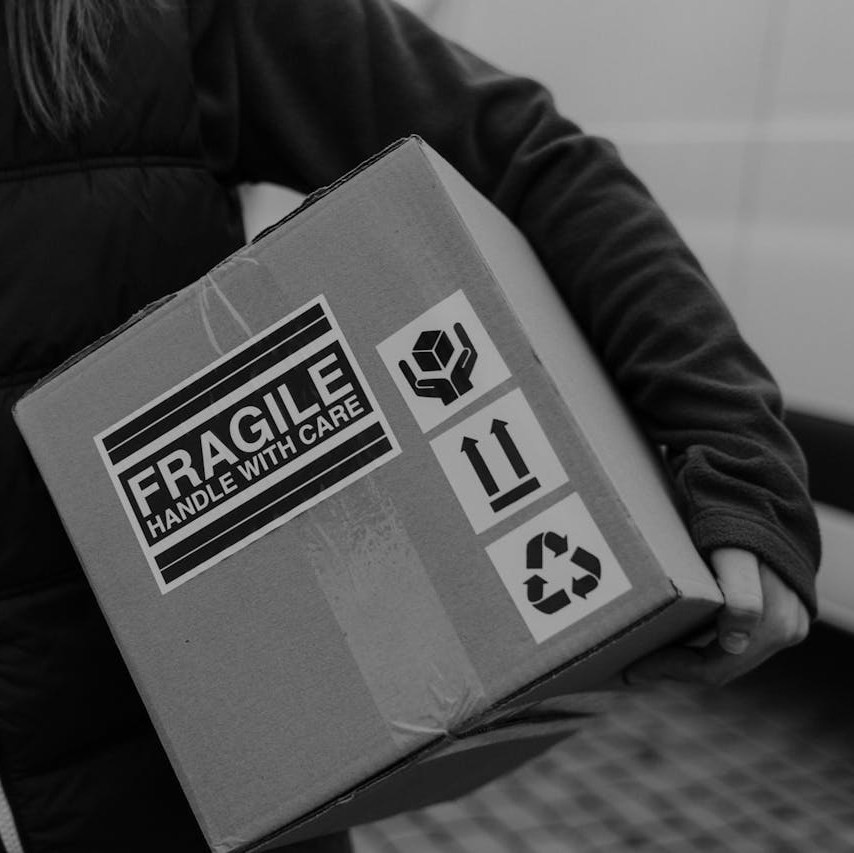Key Takeaways
- PSHB offers postal employees an exclusive health benefits program tailored to their specific needs, while FEHB provides broader options for federal employees.
- Comparing PSHB and FEHB involves examining network coverage, plan flexibility, and the administrative differences that impact postal employees’ healthcare.
How Does PSHB Stack Up Against FEHB? A Straightforward Comparison for Postal Employees
As a postal employee, understanding the healthcare benefits available to you is crucial for your overall well-being. With the recent introduction of the Postal Service Health Benefits (PSHB) program, many postal workers are wondering how it compares to the well-established Federal Employees Health Benefits (FEHB) program. Both PSHB and FEHB provide healthcare coverage, but there are important distinctions between the two, particularly in terms of accessibility, plan options, and network coverage.
In this article, we’ll break down the similarities and differences between these programs, helping you navigate your health benefits more effectively.
What Is the Postal Service Health Benefits (PSHB) Program?
The Postal Service Health Benefits (PSHB) program is designed specifically for postal employees and retirees, ensuring they have access to affordable healthcare. PSHB was created following the enactment of the Postal Service Reform Act in 2022, which mandated the separation of postal employees’ health coverage from the broader FEHB program. This change aims to tailor health benefits to the specific needs of postal workers while maintaining coverage under the umbrella of federal benefits.
One of the key aspects of the PSHB program is that it will officially replace FEHB for postal employees in 2025. From that point forward, postal employees will transition to PSHB plans, which will be offered exclusively to them and their families. While this shift may seem significant, it’s important to note that the core benefits and structure of the coverage will largely remain in line with the FEHB program.
Federal Employees Health Benefits (FEHB) Program Overview
The Federal Employees Health Benefits (FEHB) program is one of the largest employer-sponsored health insurance programs in the U.S. It offers coverage to federal employees, retirees, and their dependents through various health plans, including fee-for-service plans, health maintenance organizations (HMOs), and consumer-driven options. FEHB provides flexibility, allowing enrollees to choose the plan that best fits their healthcare needs, depending on their location and personal preferences.
FEHB’s network of providers is extensive, and participants can access both in-network and out-of-network care depending on their chosen plan. This flexibility is one of the biggest advantages of FEHB, but it also comes with the complexity of selecting the right plan based on premiums, copayments, and coverage details.
Coverage Network: How Does PSHB Compare to FEHB?
When comparing the coverage networks of PSHB and FEHB, it’s essential to consider how provider access and network flexibility differ between the two. FEHB offers postal employees access to a large, nationwide network of providers, with plans covering a variety of healthcare services, from routine checkups to specialized treatments.
PSHB, on the other hand, will offer a network that is more specifically designed to meet the needs of postal employees. Since PSHB is a subset of the FEHB program, it is expected to have similarly broad provider access. However, the network might focus on tailoring services to the types of healthcare that are more relevant to postal employees, such as occupational health, physical therapy, and mental health services related to the physical demands of postal work.
Although the PSHB program has not been fully rolled out yet, postal employees can expect some administrative differences that may affect how they access care. Whether the new network will offer more or fewer providers compared to FEHB is still to be seen, but the transition aims to improve convenience for postal workers.
Plan Options and Flexibility: A Closer Look
Plan flexibility is a key consideration for employees when choosing healthcare coverage. Under FEHB, postal employees have access to a variety of plans, including HMOs, fee-for-service plans, and high-deductible health plans (HDHPs). This range allows them to select coverage that aligns with their healthcare needs, family situation, and budget.
With PSHB, the variety of plan options is expected to remain comparable to FEHB. However, since PSHB will be exclusively for postal employees, the options may be more streamlined to reflect the healthcare demands specific to this group. For example, postal employees might see plans that offer better support for job-related injuries or specialized services related to their work environment.
While it is unclear exactly how PSHB will differ in terms of plan flexibility, it is anticipated that the shift to a postal-specific program will provide an opportunity for tailored plan features that address common postal worker healthcare concerns, such as musculoskeletal issues from heavy lifting and repetitive movements.
How Will the Transition Impact Postal Employees?
The transition from FEHB to PSHB may raise concerns for some postal employees, especially those who are comfortable with their current FEHB plan. However, the transition is designed to be smooth, with most current enrollees automatically moving to a PSHB plan that mirrors their existing coverage.
It’s important for postal employees to stay informed about any changes to their health benefits during this transition period. While the core structure of PSHB will resemble that of FEHB, there may be some nuances in terms of provider networks, copayments, or specific services offered. Understanding these differences in advance can help postal employees make informed decisions about their healthcare options.
Postal retirees will also need to pay close attention to this transition. Retirees who are Medicare-eligible will be required to enroll in Medicare Part B to maintain their PSHB coverage, unlike the current FEHB setup, where enrollment in Medicare is optional.
Costs and Premiums: What Should Postal Employees Expect?
While it’s critical to compare the structure of PSHB and FEHB, one of the key considerations for postal employees will be the cost of premiums and out-of-pocket expenses. As of now, detailed information on how premiums under PSHB will compare to those of FEHB has not been fully disclosed.
However, since PSHB is a newly created program designed for postal employees, it is expected to offer competitive rates that reflect the unique healthcare needs and demographics of postal workers. The idea behind PSHB is to provide a more cost-efficient solution for both employees and the Postal Service by creating a program that better serves postal workers’ needs while managing healthcare costs.
Postal employees should keep an eye on future announcements regarding premium changes as the official rollout of PSHB approaches.
Who Benefits Most from PSHB?
While the transition to PSHB is mandatory for postal employees, the program is designed to offer specific advantages to those in the postal workforce. PSHB will likely include coverage elements and provider options that cater to the health needs of postal employees more effectively than FEHB. For example, postal workers, who often engage in physically demanding tasks, may benefit from coverage that focuses on injury prevention, rehabilitation services, and comprehensive care for work-related injuries.
In addition, by separating postal employees into their own healthcare program, the PSHB may result in improved plan management, better customer service, and a more efficient claims process for postal workers. This focus could ultimately lead to more personalized care and quicker resolutions for common healthcare concerns within this demographic.
Looking Forward: Staying Informed About PSHB
As PSHB approaches its full implementation in 2025, it is essential for postal employees to stay informed about their health coverage options. Keeping up with updates from the Postal Service and human resources representatives will help employees prepare for the transition and avoid any disruption in coverage. Postal employees should also take the time to review their healthcare needs and assess how the upcoming changes may impact their access to care.
By comparing PSHB to FEHB now, postal employees can better understand the differences in coverage and start planning for the future. The transition represents an opportunity for postal employees to gain more tailored healthcare services while maintaining a high standard of care.
A Smarter Choice for Postal Workers
Ultimately, the Postal Service Health Benefits program is designed to cater specifically to the needs of postal employees, offering a more targeted and potentially cost-effective approach to healthcare coverage. While FEHB has served postal workers well over the years, the move to PSHB marks a significant step forward in addressing the unique healthcare requirements of this workforce.
As the program’s details are finalized, postal employees should stay proactive by reviewing their options and making informed decisions about their healthcare. With a clearer understanding of how PSHB stacks up against FEHB, postal employees can navigate this transition smoothly and continue receiving the healthcare services they need.
Contact Information:
Email: [email protected]
Phone: 7145553456






